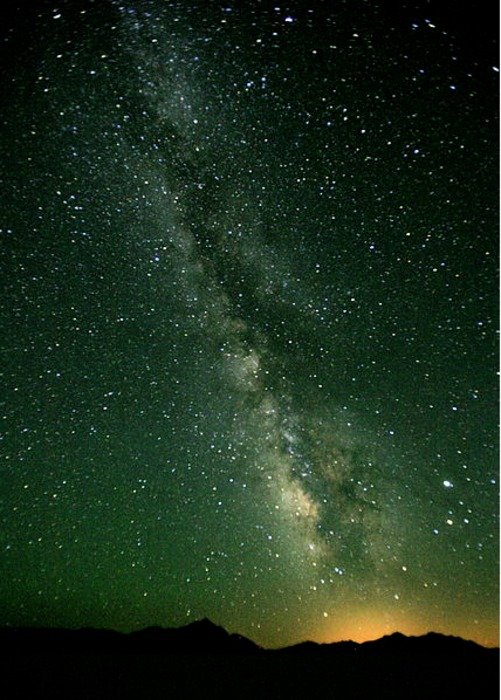PASADENA, Calif., Jan. 3 (UPI) -- U.S. astronomers say a study suggests planets are in fact the cosmic norm and estimate the Milky Way galaxy contains at least 100 billion planets.
A team of astronomers at the California Institute of Technology made the estimate while analyzing planets orbiting a star called Kepler-32, worlds they say are representative of the vast majority in the galaxy and are a perfect case study for understanding how most planets form.















